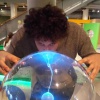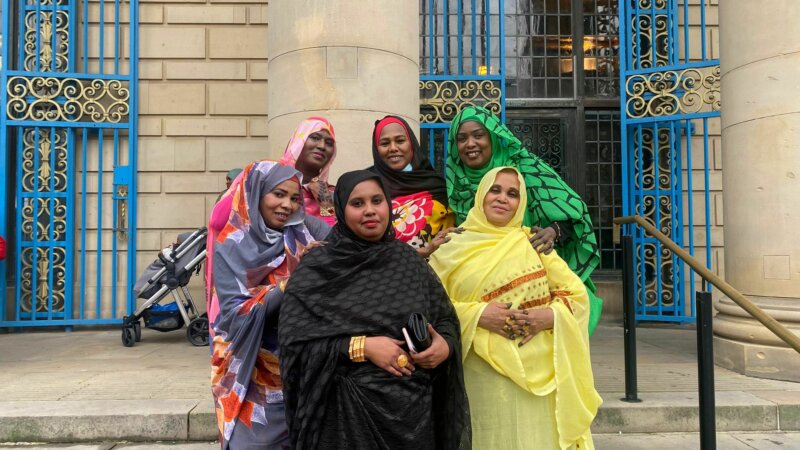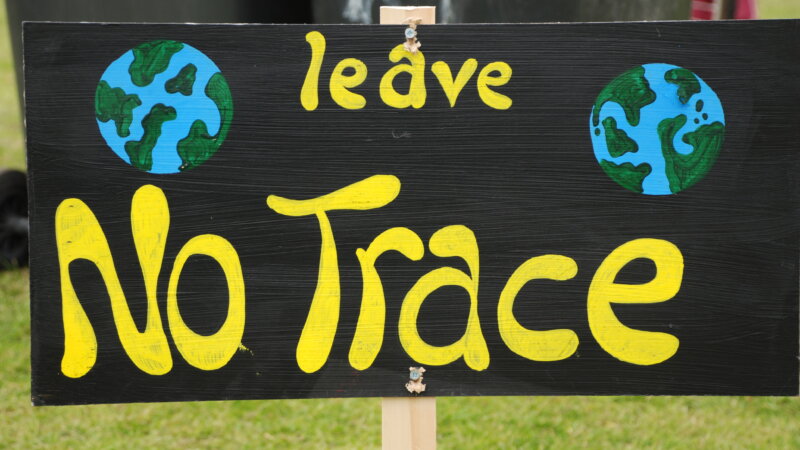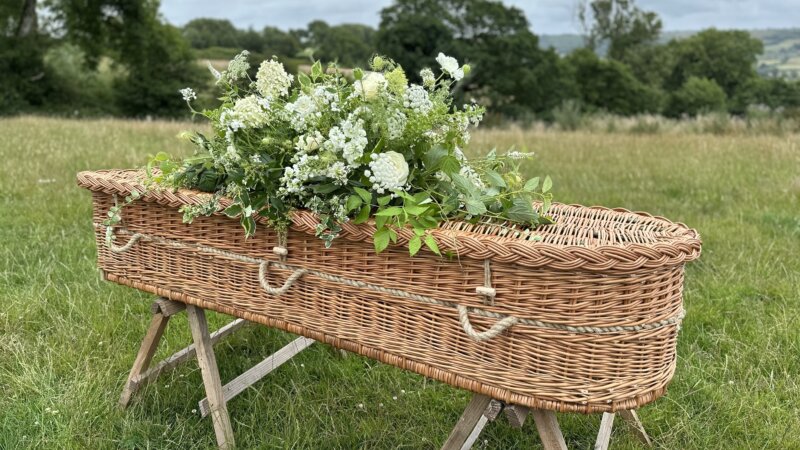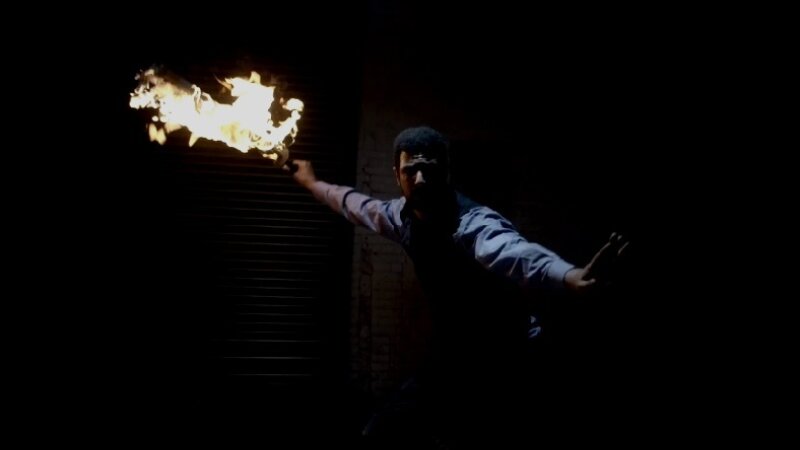Mr Werewolf: Imagined Histories
Jakub Rozalksi's art is a curious mixture of traditional and futuristic. His 1920+ series, shown throughout this issue, explores an alternate history which sees Polish farmers pitted against Red Army mechs in the lead-up to the (real-life) Battle of Warsaw. At the same time, his paintings achieve seemingly traditional, classical results but are mostly produced digitally.
With a board game in the works based on Jakub's imagined world, we caught up with the Kraków-based artist to learn more.
What is your earliest memory of creating art?
I remember that when I was about ten, I used to take a few sheets of paper, glue them together and draw hundreds of knights and dragons in enormous panoramic battles.
1920 was an important year for Poland, with the Polish defeating the invading Red Army at the Battle of Warsaw. Was this battle the starting point for the history-fiction of the 1920+ series?
Yes, exactly. History is my great passion and has always interested me. Poland, only two years after regaining independence, stopped the Bolshevik Revolution and saved Europe from Communism. Unfortunately, we paid a very high price for that a few years later during World War II and the Soviet occupation. For this project I'm combining the classic motifs of cavalry, daily life in the countryside and Polish painting of the late 19th and early 20th century, and adding some of my own concepts and ideas.
There's a spirit of independence in the pieces. Is Poland still the underdog or are the pieces more about how technology is changing the world as a whole?
There is something of both topics in my paintings. We should remember history, learn from it and draw conclusions, but the world forgets too quickly and history repeats itself. Certainly, the geopolitical position of Poland was never favourable. Looking at what is happening in Ukraine, which is only a few hundred kilometres from Kraków, where I live, I think this situation remains a serious concern.
I think there is also in my paintings some longing for a life closer to nature which has been aggressively taken by technology and civilisation. I want to show war from the perspective of normal people, not so epic and bombastic. I grew up in a small Polish village. For many years, I've worked and lived in big cities, but I really miss this peaceful life.
This same combination of traditional and modern can be seen in your approach to art. What tools and techniques do you use?
I work mostly digitally on tablet, but every now and then I miss canvas and paint and I go back to traditional painting. For many years I experimented with styles and techniques and at the moment I think I can say that this mix of impressionism and naturalism suits me the most. For me, the most important thing in my work is to always create a unique atmosphere by telling some kind of story, showing everyday situations in an unusual environment. I like the more subdued, discreet colours, as well as more static compositions.
The 1920+ art is being used for a new board game called Scythe, which is being crowdfunded starting this month. How did you get involved with this project?
A year ago, Jamey Stegmaier from Stonemaier Games saw my paintings. He liked them and the world I created so much that he decided to write to me with a proposal to create a board game. I'm a fan of games and I know that Stonemaier Games attach great importance to quality and details, so I gladly agreed. Along with the game, we also plan to release an artbook with all my paintings and concepts from the 1920+ universe. I can't wait for 13 October.
What are your plans for the rest of 2015?
Various exhibitions, propositions, perhaps a television series based on my 1920+ series and Scythe. The most important for me, at this point, is the board game. I hope it will be a great success, and then my paintings and the world I created will land on the tables of players around the world.
jakubsan.tumblr.com
stonemaiergames.com
[imagebrowser id=64] )


